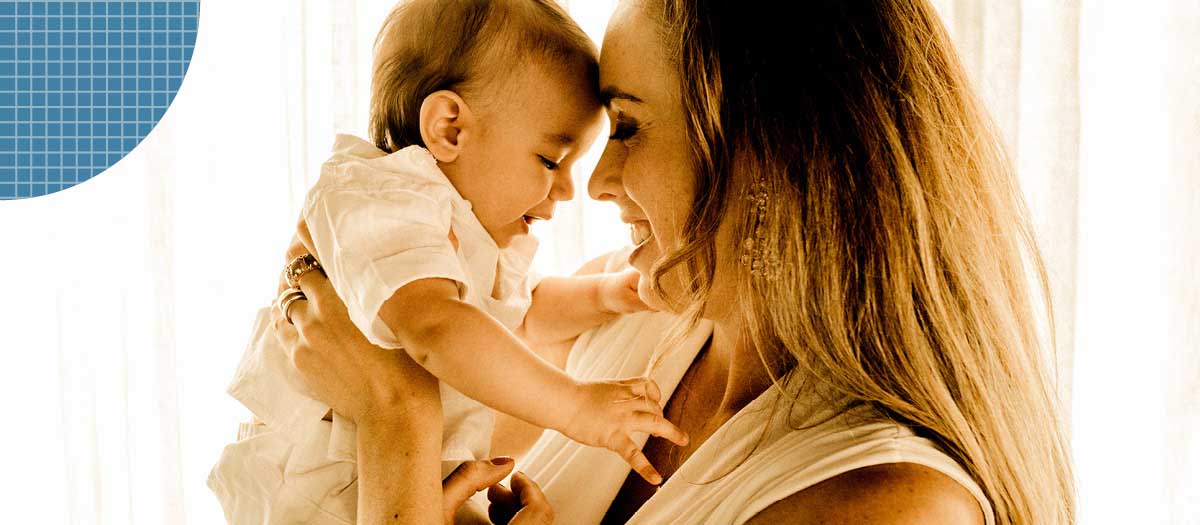What You Should Know About Your Baby's Teeth

For many new parents, the topic of baby teeth causes a host of questions. When will your baby’s teeth start to peek through the gum line? What should you expect when your child starts teething? And what are some of the things that you should know to keep your baby’s mouth healthy?
Baby’s Very First Teeth – An Exciting Milestone!
In total, your child has 20 teeth waiting beneath the gum line. These teeth will typically start making their appearance when your baby is anywhere from 6 months old to a year old. The first teeth to erupt will likely be the lower front teeth, and it will take until your child is about three years old before his or her full set of chompers will be in.
Teething Do’s and Don’ts
As your little one’s teeth start to emerge, he or she might become irritable and fussy. Your baby might start showing signs of discomfort, particularly in the area of the gums where a tooth is pushing through, and you might even notice that the gums become tender and swollen. Ouch! As a result, your baby might also sleep less, drool more, and have a reduced appetite.
It’s important to note that symptoms like fever, rashes, and diarrhea aren’t caused by normal teething, so if your child experiences these symptoms, contact your pediatrician.
To soothe teething pain, you can massage your baby’s gums using your clean fingers, give him or her some acetaminophen (according to your pediatrician’s instructions), or offer your child something cold. You can also give your baby a clean washcloth that is wet or frozen, or you can purchase solid teething rings.
It’s best to steer clear of the following teething remedies, which could end up doing more harm than good:
-
Gels that contain benzocaine
-
Teething tablets that contain belladonna
-
Amber teething necklaces
-
Homeopathic teething tablets or gels
If you can’t get your baby’s discomfort under control, it’s best to contact your pediatrician.
It Isn’t Too Early to See the Dentist!
With the right dental plan for kids, you can schedule your baby’s first trip to the dentist after the first tooth erupts and before his or her first birthday. Those baby teeth can develop cavities, so regular checkups will keep track of your child’s oral health and catch problems as early on as possible.
In addition to cleaning your baby’s teeth and gums with a soft toothbrush or washcloth, you can also examine the teeth at home, making sure they don’t have any stains or spots that would warrant a visit to the dentist.
Ultimately, the combination of an at-home oral hygiene routine and regular dental exams will help ensure your baby’s teeth grow in beautifully and remain strong until they’re replaced by adult teeth.
Sources:
- https://www.mouthhealthy.org/en/babies-and-kids/kids-quick-tips
- https://www.healthychildren.org/English/ages-stages/baby/teething-tooth-care/Pages/Babys-First-Tooth-Facts-Parents-Should-Know.aspx
- https://www.nidcr.nih.gov/healthy-mouth-your-baby
- https://duffielddentistry.com/general-dentistry/what-you-should-know-about-your-babys-first-teeth/
